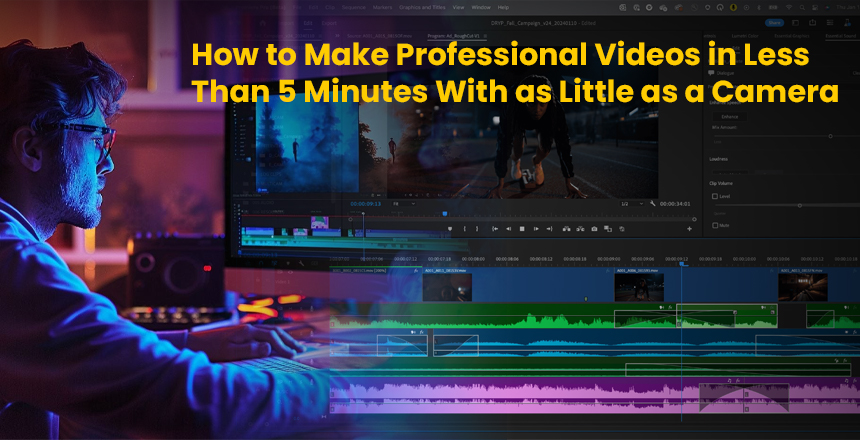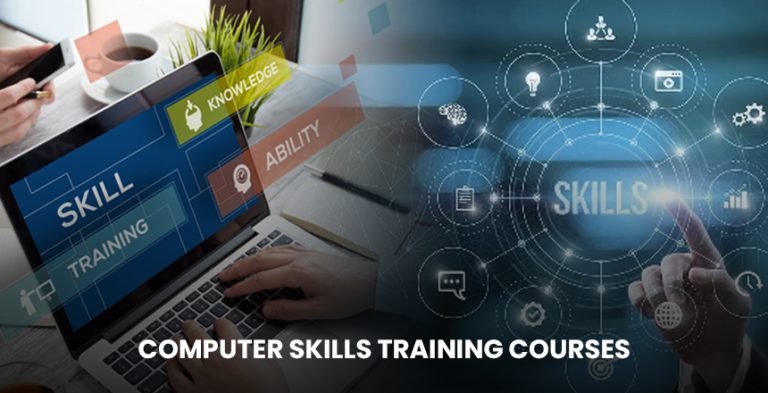The importance of producing professional-quality videos is now significant, if not more so today
than ever before. Menuntut posteritas lain dalam video YouTube atau dalam video yang
mengecerai hasil pemasaran adalah hak nyata. However, most people feel that in order to make
a perfect video, one must have great equipment and a sophisticated video editor. In fact, if you
are innovative and keen, you can create professional-quality video with bare essentials.
This blog post will describe some important pieces of advice regarding creating a professional
video with little equipment. Everything, starting from the choice of the gear to the narrative itself,
can be considered as a small step towards the great video that will attract the attention of the
audience.
Invest in a quality camera
The first measure towards producing a professional video with just a few pieces of equipment is
to acquire a good camera. It is for this reason that highly priced cameras are often said to be
better at filming than affordable cameras despite the fact that the market is full of low-cost
cameras that take high-quality photos. For instance, current models of phones, such as the
iPhone or Samsung Galaxy, really have camera technology that cannot be easily compared to
many portable cameras.
The other option is to save up and buy a smaller DSLR or mirrorless camera if a larger format is
more than what you need. These cameras also provide very good overall image quality and a
good deal of versatility, and while not as portable as smaller, cheaper point-and-shoot models,
they are smaller and lighter than more expensive digital cameras. They are the Canon EOS
M50, Sony Alpha A6000, and Fujifilm X-T30.
Select the right lens
Having your camera in place, the next thing that you need to determine is the lens to use. A
wide aperture lens will let in more light into the camera because the aperture is an F value of
f/2.8 or lesser. Furthermore, a 24-70 mm lens is good for shooting a variety of scenes or
situations.
Use a tripod or gimbal
Some of the key elements of preparing a proper-looking video—one of which is to avoid
shakiness in the shot. Camera movement can be good for some shots; sometimes it becomes
an issue where the camera movement makes the viewer lose focus. Even to create stability, you
might need a tripod or a gimbal.
Professional tripods are easy to get, and these devices are quite inexpensive and durable to increase the stability of a camera. On the other hand, gimbals cost much more but allow for a greater variety of motion and finer, more fluid movements. With camera selection, we want to ensure maximum payload and compatibility for the tripod or gimbal you’ve chosen.
Record in high-quality audio
Audio is as crucial an aspect of a professional video as is the video itself in a particular
production. Choosing a good mic for your recording can greatly increase the quality of the
sound that is captured. A lavalier microphone should be used for interviews or talking head
videos, and a shotgun microphone should be used for shooting sound or voiceover.
You can also use the mic present in your smartphone. However, be aware that smartphone
microphones are kind of polarized and more sensitive to wind and other surrounding noise. To
combat this, you can buy a small windscreen or use a deadcat to prevent wind noise.
Choose the right lighting
Lighting is another key factor in building a good video, as many video creators consider it a key
factor to consider while shooting the video. Lighting is also another crucial factor you have to put
into consideration in order to build the right quality of your videos. Use natural and artificial light
as light sources to obtain professional-looking results.
Never shoot with your subject inside; it’s better to take them out in front of the window for natural
lighting. If you are working in outdoor light, then you need to use a reflector or fill light in order to
eliminate dark shadows. Lastly, artificial lighting options include the LED panels or the ring
lights, which are cheap and easily portable light sources.
Frame your shots properly.
It is crucial to combine simple visuals for creating appealing shots in order to make your video
interesting and sophisticated. Here are some sets of rules you will be able to observe in order to
come up with a good shot composition. Among them we have the rule of thirds, leading lines,
and symmetry.
The rule of thirds is about dividing your frame into nine equal parts through drawing two
horizontal and two vertical lines. When your subject or points of interest are aligned along these
lines or cross over them, this creates better balance, and your shot will look much more
professional.
Guiding lines make particular focus or concentration on the subject, while the use of symmetry
gives an overall harmony to the image created. When you are able to master these
compositional techniques, then you will be in a position to get better shots that will capture the
eyes of your viewers.
Edit your footage
So even if you have shot the video yourself using professional equipment, some parts of the video might need editing. It is also important to note that even when filming, one or many videos may not be properly shot, but copying software will assist in coloring, exposure, as well as framing. Besides, you can use it to improve your story with transitions, background music, and captions in the videos.
There are a lot of cheap or even free software options for that; they are iMovie for Mac and iOS,
Adobe Premiere Elements, and DaVinci Resolve, among others. The following are some of
these software programs: Each of them has several features that will help you produce a
professional clip.
Tell a compelling story
The last but the most important factor to consider in the development of any professional video
production is storytelling. When shooting your video, note that whether it’s a personal vlog, a
marketing video, or even a documentary, your video ought to serve a purpose and tell a story.
Also important in developing a video is beginning with the description of the intended message
to send across and who we are attempting to reach. Next, prepare a storyboard in order to
design your shots and your layout. Last but not least, while clipping, you also need to pay
attention to your story and your targeted group and cut and blend your clips properly.
Conclusion
It’s certainly feasible to produce a professional video with limited equipment and mastering the
right tools and tricks. That’s how a good camera, choosing the right lens, a tripod or a gimbal, a
good microphone, proper lighting, proper framing, good editing, and a good story can help you
make great videos that look and sound professional even if you don’t have a ton of cash to
spend. Therefore, get a camera and start capturing moments!








